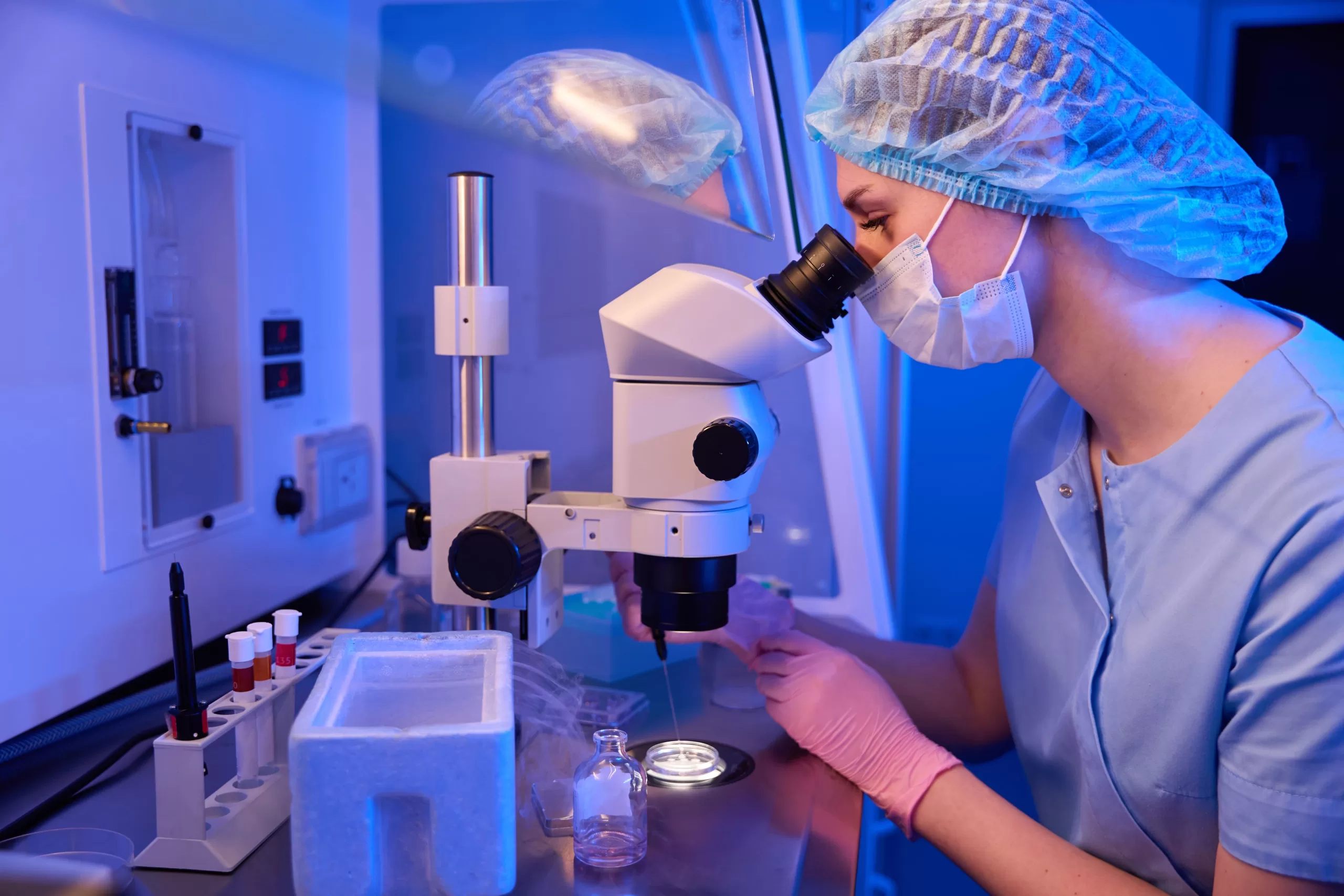What is Time-Lapse Imaging? Understanding Embryo Formation

Time-lapse imaging stands out as a groundbreaking advancement in the evolving landscape of assisted reproductive technologies. This technology is transforming the field of in vitro fertilisation by providing an unparalleled window into the process of Embryo Formation. But what exactly is IVF time-lapse imaging, and how does it enhance our understanding of Embryo Formation in Humans? Delve into the intricacies of time-lapse imaging, its benefits, and its profound impact on the success rates of IVF treatments.
The Science of Embryo Formation in Humans
To appreciate the significance of Time-lapse embryo imaging, it’s crucial to first understand the process of embryo formation. Embryo formation in humans begins with the fertilisation of an egg by sperm, leading to the creation of a zygote. This single-cell zygote then embarks on a journey of rapid cell division, progressing through several critical embryo formation stages. These stages include:
- Cleavage Stage: Shortly after fertilisation, the zygote begins to divide, forming two cells, then four, eight, and so on.
- Morula Stage: By the third or fourth day post-fertilisation, the embryo reaches the morula stage, characterised by a solid ball of cells
- Blastocyst Stage: Around day five, the embryo develops into a blastocyst, a fluid-filled structure composed of an outer layer of cells (trophectoderm) and an inner cell mass.
What is IVF Time-Lapse Imaging?
IVF time-lapse imaging is an advanced technique used in fertility clinics to monitor embryo development continuously. It involves specialised incubators equipped with high-resolution cameras that capture developing embryo images regularly, typically every few minutes. These images are then compiled into a video sequence, offering a dynamic and comprehensive view of the embryo’s development from fertilisation to the blastocyst stage.
Unlike traditional embryo assessment methods, which require periodic embryo removal from the incubator for evaluation, time-lapse imaging allows for uninterrupted observation. This continuous monitoring ensures that the embryos remain stable, which is crucial for their optimal growth and development.
The Advantages of Time-Lapse Embryo Imaging
The adoption of time-lapse embryo imaging in fertility clinics has revolutionised how embryologists assess and select embryos for transfer. Here are some of the key benefits:
-
Continuous Monitoring
One of the most significant advantages of time-lapse imaging is its continuous monitoring of embryo development. Traditional methods involve periodic checks, which may miss crucial developmental milestones. With IVF time-lapse imaging, every stage of embryo formation is captured in detail, allowing embryologists to observe subtle changes and patterns that might otherwise go unnoticed.
-
Non-Invasive Assessment
Traditional embryo assessment requires embryos to be removed from the incubator for examination under a microscope. This process can disturb the embryo’s environment, potentially affecting its development. In contrast, time-lapse imaging is a non-invasive technique that keeps the embryos stable throughout the observation period.
-
Detailed Analysis
Time-lapse embryo imaging allows for a detailed morpho-kinetic analysis, where embryologists can study the timing and pattern of cell divisions. Morphokinetics refers to studying the rate and rhythm of these cellular changes. By analysing the precise timing of events such as the first cell division, the formation of the morula, and the transition to the blastocyst stage, embryologists can identify embryos with the highest potential for successful implantation.
-
Reduced Subjectivity in Embryo Selection
One of the challenges in traditional embryo assessment is the subjectivity involved in visual grading. Embryologists rely on their expertise to evaluate embryos based on morphology, which can lead to variability in evaluations. Time-lapse imaging addresses this issue by providing objective, quantifiable data that minimises subjectivity.
The Role of Time-Lapse Imaging in Enhancing IVF Success
The insights gained from IVF time-lapse imaging are not just about monitoring; they translate directly into higher success rates in IVF treatments. Here’s how:
-
Improved Embryo Selection Criteria
The comprehensive data from time-lapse embryo imaging enhances the criteria for selecting the best embryos. Embryologists can now assess not only the embryo’s physical characteristics but also its developmental dynamics.
-
Early Detection of Developmental Abnormalities
Continuous monitoring allows for the early detection of developmental abnormalities that might otherwise be missed with conventional assessment methods. Embryos that exhibit irregular division patterns or other anomalies can be identified and excluded from transfer.
-
Personalized Treatment Plans
The detailed insights from time-lapse imaging enable fertility specialists to develop more personalised treatment plans. By understanding the unique developmental patterns of each embryo, specialists can tailor their approach to meet the patient’s specific needs.
-
Increased Transparency and Patient Confidence
One of the often-overlooked benefits of time-lapse embryo imaging is the transparency it provides patients. Couples undergoing IVF can now see the development of their embryos in real time, which can be a reassuring experience. This transparency boosts patient confidence and satisfaction, as they are more involved in the process and can understand the rationale behind selecting specific embryos for transfer.
Conclusion
As time-lapse imaging technology continues to evolve, it promises to enhance fertility treatments further, providing hope and assurance to countless individuals and couples on their journey to parenthood. At IVF London, we are committed to integrating the latest advancements, like IVF time-lapse imaging, into our fertility treatments to ensure the best possible outcomes for our patients. If you are considering IVF or want to learn more about how time-lapse embryo imaging can be part of your fertility plan, contact us! Together, we can make your dream of starting a family a reality.
